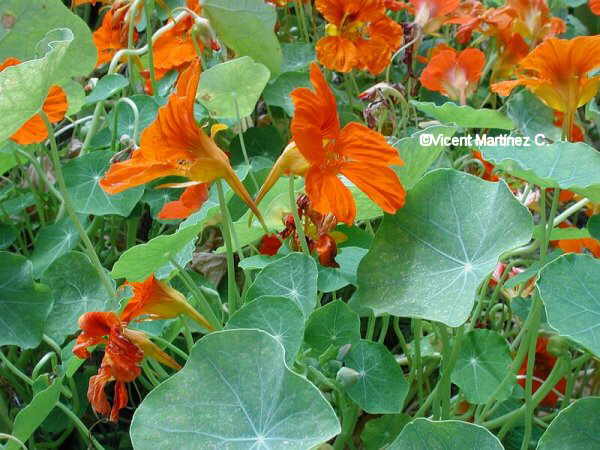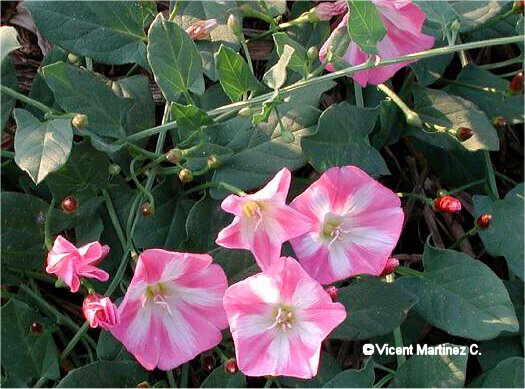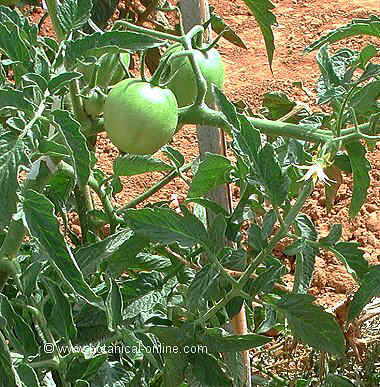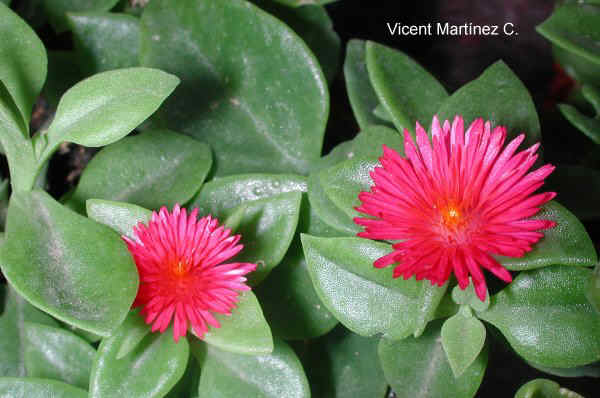Contents
What is sumac and how to grow it in the garden?
Sumac is a deciduous shrub that can be grown in gardens for ornamental, medicinal or edible purposes. The part used is its fruits, which are used as a condiment (not all species of Rhus spp. are edible).
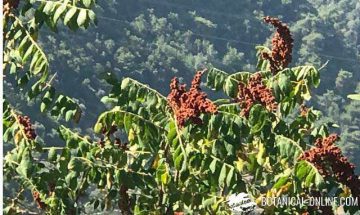
What is sumac like?
The plant belongs to the Anacardiaceae family and the Rhus genus. In the American continent there are several species of this genus, some of which are toxic. In Europe there are only two of them, which are the most common:
- Common sumac or Sicilian sumac (Rhus coriaria L.): it is the most common and normally found as a spice.
- Staghorn sumac (Rhus typhina L.), less usual since it comes from Virginia and we can find it growing in gardens with decorative purposes.
Sumac gardening tips
Staghorn sumac fulfills decorative functions and is the most used in gardens. It is typical of the eastern United States and has the appearance of a tree.
In its moment of flowering and maturation, it draws attention for its spectacular plume of flowers or fruits in the shape of a raised cone, with the point towards the sky. Its fruits are also edible and its use has a certain tradition among the Indian tribes of North America.
Sumac climate and growing conditions
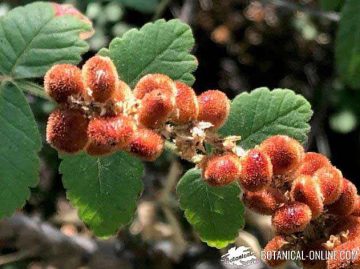
Sicilian sumac (Rhus coriaria) is undemanding at the level of soils and climate, except in regions of intense cold, where it can not be adapted. It is usually a long-lived plant without great demands.
It adapts to soils that are not very prone to cultivation and grows spontaneously in abandoned and sunny places, roadsides, rocky outcrops, cliffs, and even in the crevices of the facade of old mansions.
Even in very cold places, if the stems are affected by frost, the root always persists, which rebounds when the good weather arrives.
Sumac reproduction
Sumac reproduces by means of suckers, or shoots that throw their roots scattered on the ground.
It can also be planted by sowing its seeds. In this case, it takes about three years to have a fully developed plant and be able to transplant it.
According to some manuals, as of that moment, if the plant is well rooted in the soil, even if it was cut at ground level, at the end of autumn, it could sprout again in spring, since the root would have taken root enough so he could persist.
Where does sumac grow?
We can find sumac mainly in the south of the Iberian Peninsula, as the rest of the old intensive crops of this plant to be used in the tanning of skins in the tanneries.
We do not know if they are currently cultivating this plant in any country for tanning purposes.
In countries of the Middle East you can find sumac in the wild.
The truth is that in the spice and food markets of the eastern Mediterranean, sumac is present, either the dry cluster, with all its drupes stuck, or ground and prepared to flavor.
Uses of sumac
Ripe fruits or drupes have the color of rust and lack pulp. They consist of an outer skin that covers the seed, that is, a thin epicarp with its tiny hair, which houses a hard and flat seed, smaller than a pardina lentil.
This fruit is ground and used to flavor many types of food, such as salads, toast or hummus…
![]() More information on sumac
More information on sumac


